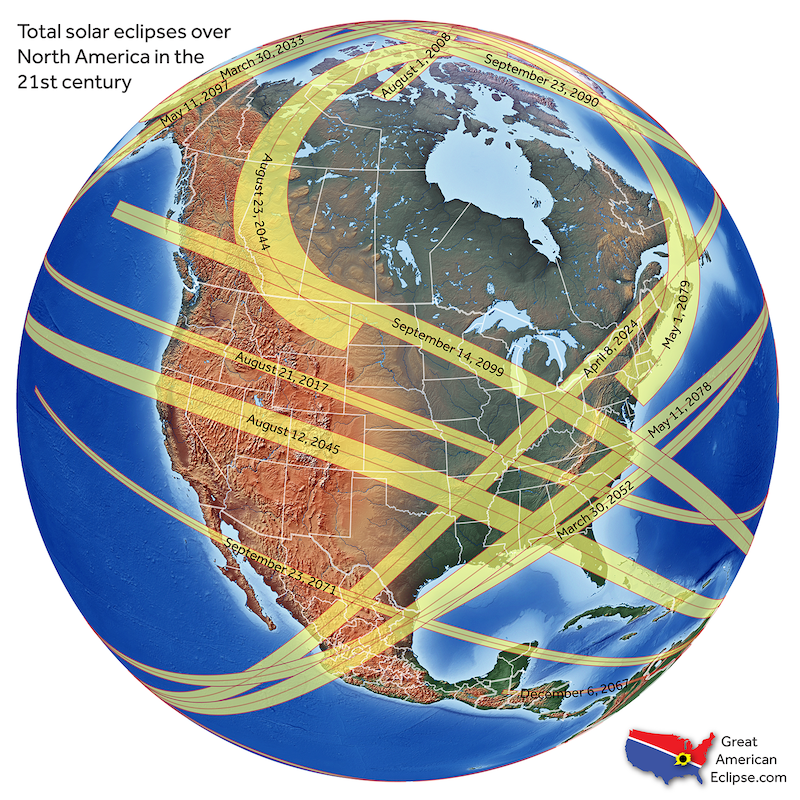
The next total solar eclipse visible in North America
The map above shows all the total solar eclipses taking place in North America during the 21st century. You can see that the next total eclipse for North America will occur on April 8, 2024.
This might make it seem as if total solar eclipses are somewhat rare, when, in fact, they’re not. They happen about every 18 months as seen from somewhere in the world. However, for any given spot on Earth’s surface, total solar eclipses don’t happen very often, if even during a person’s lifetime. The fact is, you might have to travel to see an eclipse.
The next total solar eclipse will cover three countries, including 11 U.S. states and five Canadian provinces (if you count the northwestern tip of Nova Scotia). It will start in Mexico, travel across Texas, and then continue north-northeast, taking turns between the U.S. and Canada in the northeast before it exits the continent over Newfoundland. If the weather is benign, this promises to be an even better eclipse – in terms of length of totality (the time the sun is covered) – than the total eclipse of 2017, because the path of totality will be wider.
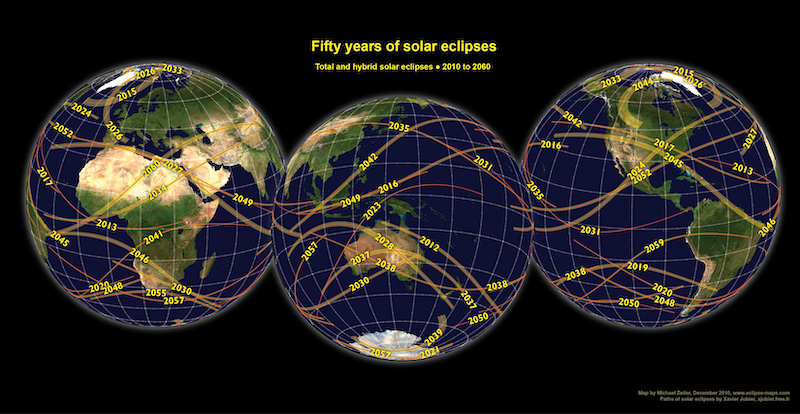
The different types of solar eclipses
In addition to total eclipses, there are other sorts of solar eclipses. There are partial solar eclipses, where only a part of the sun is covered, and annular solar eclipses, where the moon is a bit farther away from us in its orbit and consequently appears too small to cover the sun completely. In an annular eclipse, the sun appears in a ring or annulus around the moon; that’s why this sort of eclipse is also known as a ring eclipse.
There are also hybrid eclipses, which look like a total or an annular eclipse, depending on the location of the observer. Then, of course, there are eclipses of the moon. One or another of these different eclipses is likely to occur in a location near you, within not too long of a time span!
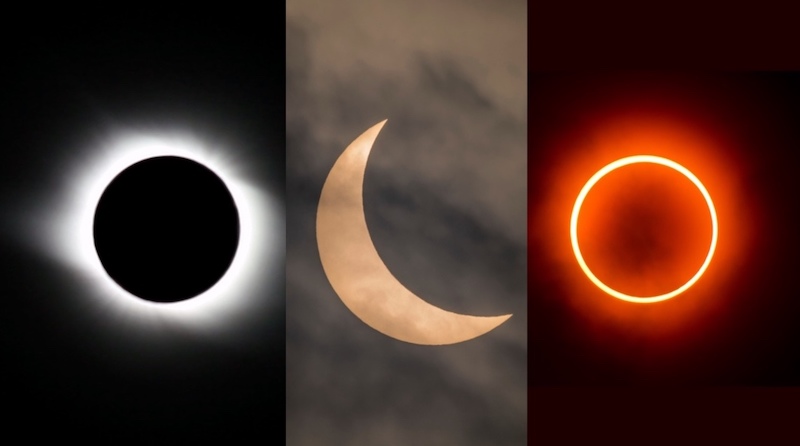
Seeing one total solar eclipse isn’t enough
Once you see one total solar eclipse, it’s likely you’ll want to catch another. The next total solar eclipse is April 20, 2023, and it’s a hybrid eclipse. Totality is only visible in a very narrow path over Indonesia, Australia and Papua New Guinea. Below is a map from Michael Zeiler’s Eclipse-Maps.com, which can act as a travel planner for the keen eclipse chaser.
Look here for a complete list of solar eclipses between the years 2015-2030.
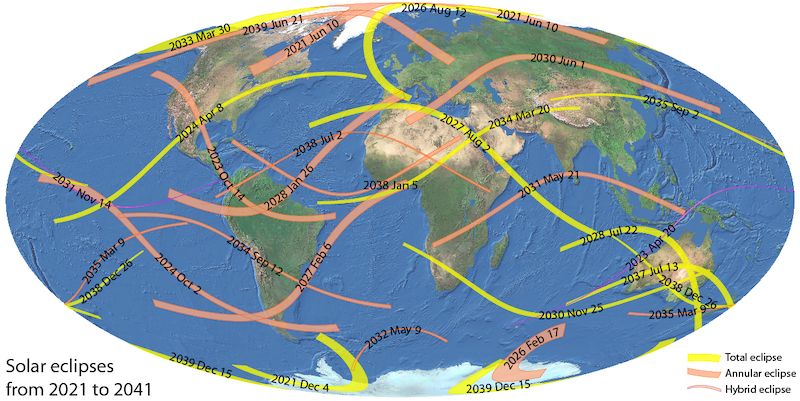
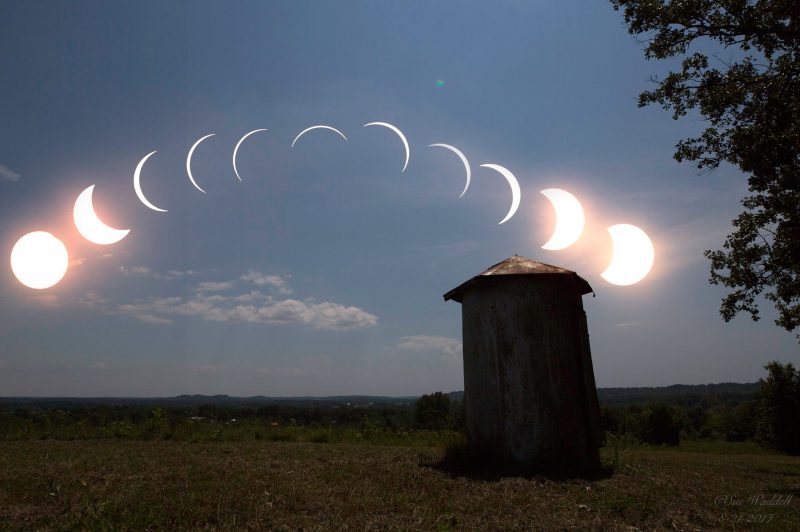
Bottom line: The next total solar eclipse visible from North America will be on April 8, 2024.
Fred Espenak has a great page of info on the April 8, 2024, eclipse
Photos of the August 21, 2017, eclipse here
How ISS astronauts saw the August 21, 2017, eclipse
Read more: Are lunar eclipses more common than solar eclipses?
The post When is the next total solar eclipse in North America? first appeared on EarthSky.
0 Commentaires